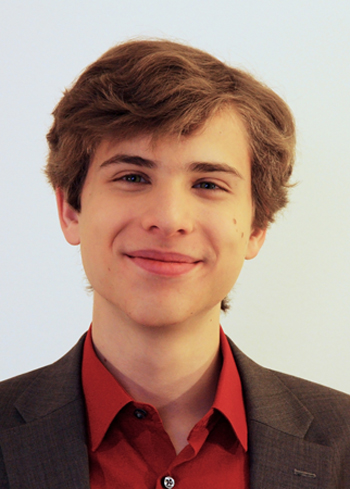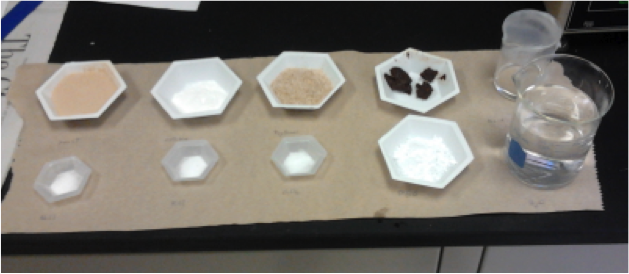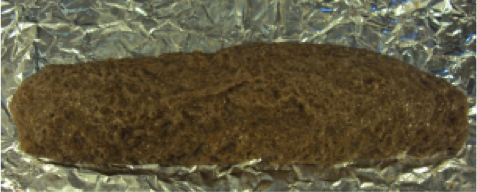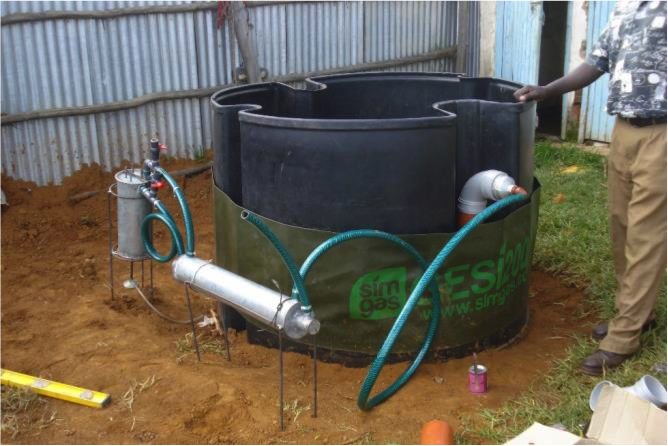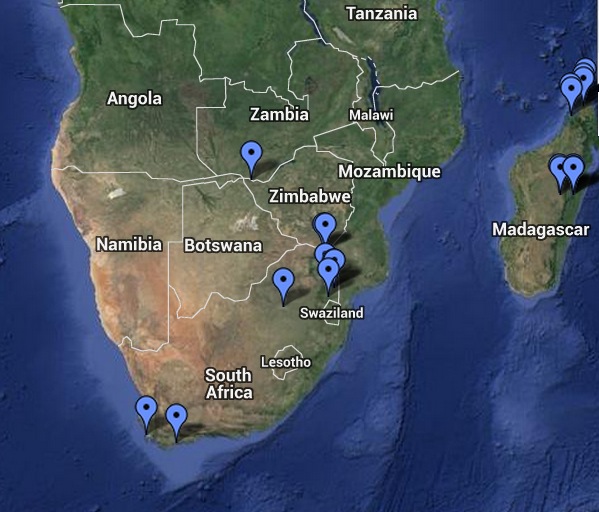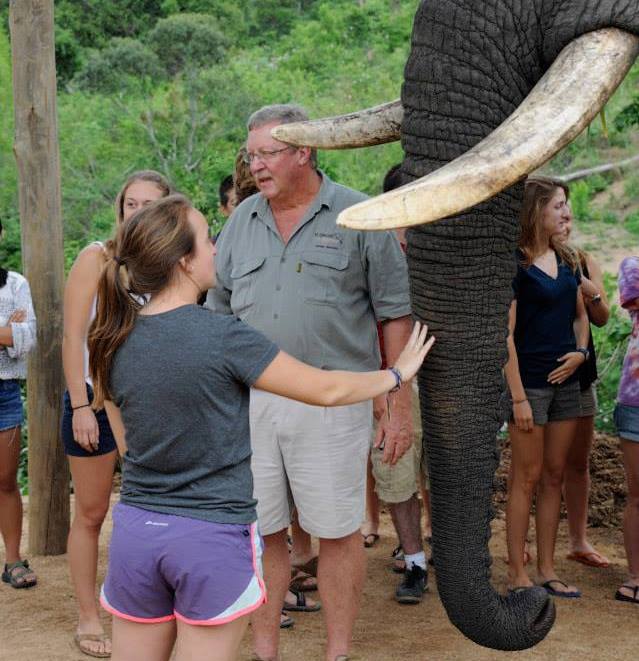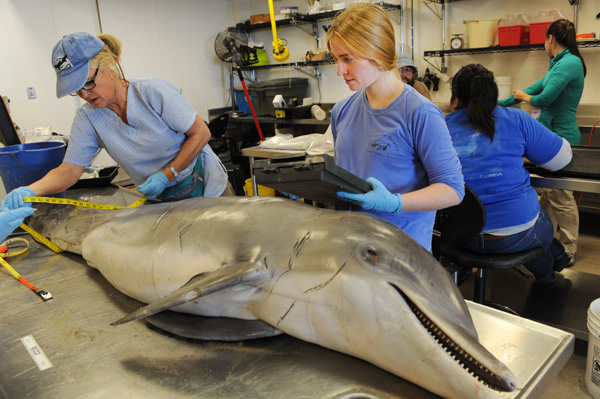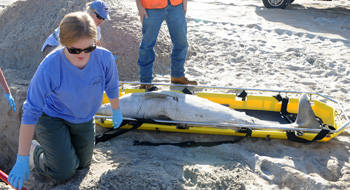By Erin Weeks

(Photo: Beth Maynor Young)
Edward O. Wilson is one of the most renowned living biologists, the world’s foremost authority on ants, and for a little while at least, a member of the Duke faculty.
Wilson is on campus teaching the first of an annual course, part of a recent partnership between the E.O. Wilson Biodiversity Foundation and Duke’s Nicholas School of the Environment. Feb. 11, he spoke to a sold-out auditorium about “The Diversity of Life,” a lecture that was equal parts awe-inspiring facts, humorous anecdotes from a life in science and call to arms for future generations.
Here are four things the audience learned last night about E.O. Wilson.
1. He’s dabbled in dreams of Jurassic Park. When asked what he thought of de-extinction, the plan to resurrect vanished species using their DNA, Wilson enumerated all the reasons why the efforts may be futile: we have only genetic shreds; the appropriate habitat may be gone; we can’t produce breeding populations from limited DNA.
But then he paused. “I’ll tell you frankly,” he said, “I’d like to see a mammoth.”
2. He made his first scientific discovery as an adolescent. An eye permanently damaged in a fishing accident led the young Wilson to his interest in ants, which he could view up close. One day in his native Alabama, he discovered a ferocious mound-building species he’d never seen before. He didn’t recognize it then, but those were among the first of the destructive red fire ants that would soon invade the entire Southeast, causing billions of dollars of economic and medical damage.
3. The man is 84 and still going strong. Professor Wilson closed his talk with a passage from his newest book, arriving in April, called “A Window on Eternity: A Biologist’s Walk Through Gorongosa National Park.” He’s written two dozen other books, including a foray into fiction at age 80 (the novel, called Anthill, won him the 2010 Heartland Prize for fiction).
4. The future is in nematodes. Or fungi. Or Archaea. Throughout the talk, Wilson reiterated his hopes for young scientists to become the cataloguers and guardians of Earth’s immense biological diversity. Only a fraction of the planet’s estimated species of nematodes, fungi and Archaea are known to science, and “these little things run the world,” he said.
The need for “-ologists” has never been greater, he said.
VIEW THE ENTIRE TALK (YouTube, 1:10 with introductions)
[youtube http://www.youtube.com/watch?v=d-DZ0CUKn2Y?rel=0]









